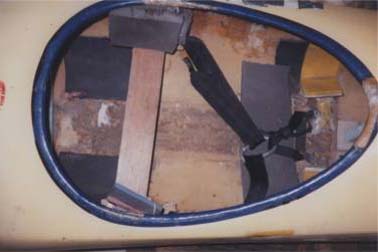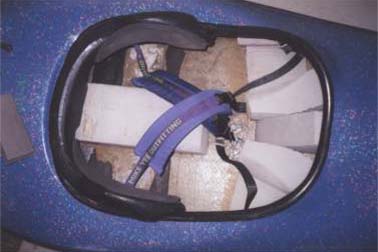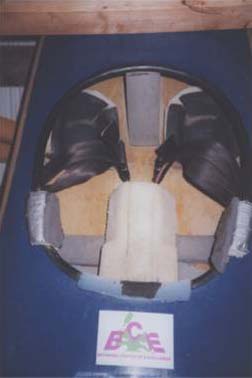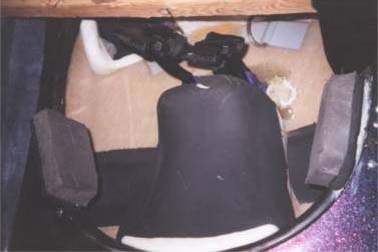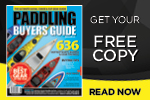 |
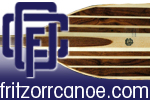 |
 |
Legal Disclaimer-This page is for informational purposes only. Any changes made to the factory outfitting are done at your sole risk. Knowledge of your skill level and appropriate modifications to your boat are your sole responsibility.Materials used in boat building / outfitting are hazardous to your health. Please follow all safety percautions (we want you to keep boating!) SCROLL DOWN TO VIEW OUTFITTING IMAGES There are many ways to outfit an open canoe or C1, C2, etc.... There is no "right" or "wrong" way as long as you keep your safety in mind-after making outfitting adjustments always make sure you can easily wet-exit your boat if need be. Below are links to several excellent step-by-step resources for outfitting and converting boats followed by answers to general outfitting questions.
You will enjoy a boat (and Cboating) to a much greater extent if your boat is outfitted correctly. "Factory" outfitting is almost always inadequate, and more foam, different placement of straps, etc... is often necessary. For those converting boats, TEAM etc... offers a nice package that is much better than the "factory" pedestals you can purchase (from Dagger, etc...) if you do not wish to design your own. Click here for more information. GENERAL INFORMATIONSeat heightSeat height is the most-asked question on forums. In general, the lower the seat the better (more stable), until your legs / feet fall asleep (in which case you're paying more attention to your numb lower appendages than the water...). For decked boats a 6" seat (measured from the bottom of the boat) is a good starting point. Squirt saddles tend to be lower, and conversions and comfy cruisers a bit higher, the range roughly being from 4.5"-8". Open boats tend to be a bit higher. Many have found that a wider seat (8-10"+) is very helpful in keeping your knees and lets happy, regarless of seat height. Additionally many slalom paddlers make sure their seats slant forward to keep their hips in the proper position (tilted forward)In some boats seats (fiberglass or wooden) are used in place of foam pedestals. The most important thing to remember is you will need to get your feet out! Thigh Straps vs. Seat (Lap) Belts vs. Bulkheads (or machines)What you use will depend on your perceived skill level and boat usage. It is easier to wet exit a boat with thigh straps still locked than with a lap belt, as such many prefer thigh straps.
Placement of thigh straps is also variableIf you really want to stay in the boat thigh straps should begin at your side and end just in front of your seat. This will keep you in the boat, however it can also make releasing the straps / belt a necessity to exit the boat. THIS TYPE OF OUTFITTING SHOULD ONLY BE USED BY EXPERTS WHO KNOW THE RISKS OF BOAT ENTRAPMENT. NOVICES SHOULD BEGIN WITH LOOSER OUTFITTING (second attachment point near the knees instead of the seat).Bulkheads are occasionally used to immobilize the knees and "lock" into the boat better. Double thigh staps (such as those by Mike Yee) are also used. Additionally several types of buckles may be used
Images of outfitting in several different C1'sFor step by step outfitting directions see links above. 
|
||
|
CBoats.net is managed by Adam Pearsall and Kenneth Sarzynski
with graphic artwork by Sara Pearsall
© 2025 by CBoats.net - all rights reserved. Materials found on this website can only be used for personal use. |

